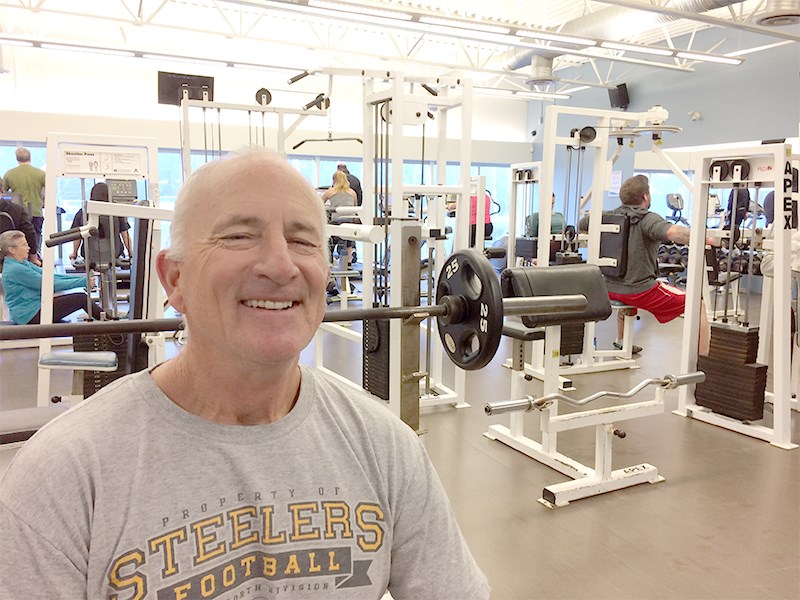Expect 2017 to be the year of regional recreation discussions by the three local governments in Powell River.
City of Powell River parks, recreation and culture director Ray Boogaards released a final report on regional recreation to the city’s committee of the whole for information and distribution to Powell River Regional District and Tla’amin Nation.
The study generated 183 recommendations for the three local governments to work together on and provides a starting point for discussions around regional cooperation.
Boogaards told the city’s committee of the whole meeting on Tuesday, December 13, that the report presents the next 10 years of planning priorities for parks, recreation and culture. The study took almost a year to complete, thousands of hours and had a budget of $40,000.
The study takes a broad look at the parks, recreation and culture services in the region to see what can be done to improve the quality of the services and what opportunities exist for improving the overall fitness and health of Powell River residents.
The survey received 3,461 responses of which 2,163 were usable. Regional population is approximately 20,000.
According to the study, there is a desire to have expanded regional recreational services that include the city, Tla’amin and regional district Electoral Areas A, B, C and D. Lasqueti Island was not included as the island is more connected to Vancouver Island than Powell River, despite being a part of the regional district.
Response levels were similar between the city, electoral areas and Tla’amin residents, with participation between nine per cent at the lowest in Electoral Area C and 13.2 per cent at the highest for the city.
The study found there was no real discrepancy in levels of use of Powell River Recreation Complex for residents throughout the regional, though Texada Island residents did visit the complex the least.
The study recommends this regional service can best be achieved through an integrated service model with a cost-sharing formula between city and electoral area residents.
The study examines a few scenarios and approaches to cost-sharing, including percentages and what it would cost if the total budget was shared equally among taxpayers.
The city’s parks, recreation and culture department has an annual operating budget of more than $4 million.
This approach, sharing the cost regionally, will help to remove some of the participation barriers in community recreation programs for people of all ages, abilities and income levels, the study concludes.
It also states that 60 per cent of Tla’amin and regional district residents support paying toward the costs associated with the city’s parks, recreation and cultural services.
A majority of Texada Island residents, 61.4 per cent, were the only electoral area residents who said that they did not support the idea of regional recreational cost sharing.
Boogaards released the study to the three governments for information and distribution only, giving elected officials several weeks to read the in-depth report and consider it.
Boogaards told the city’s committee of the whole that he would like to see public meetings held to discuss the report for regional residents and for there to be a broad community discussion on the topics of the report.
For the city government, more in depth discussion in the council chambers is expected for the Tuesday, January 17, committee of the whole meeting. The report has also been sent to regional district directors and Tla’amin legislators.



